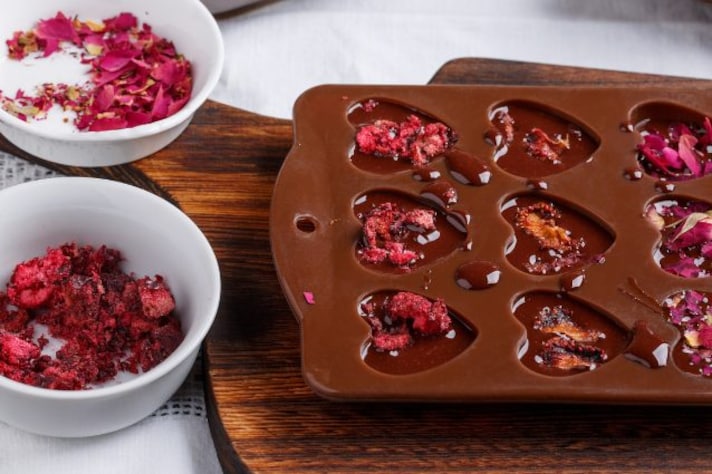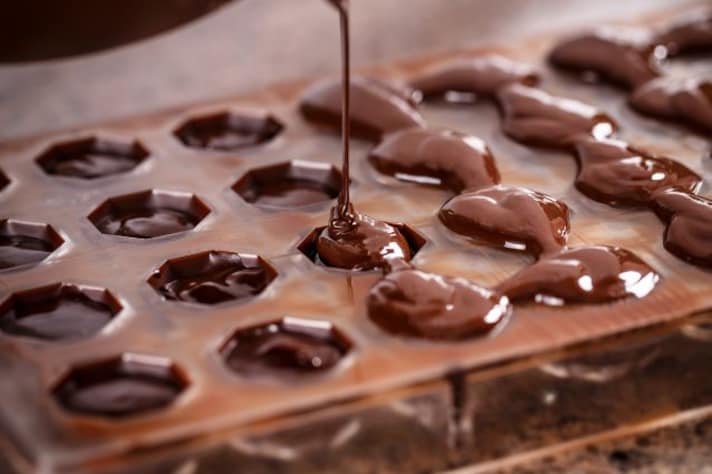
Chocolate molding is an art that elevates homemade confections to professional levels. Whether you're making custom chocolates for an event or indulging in a sweet hobby, understanding the basics of molding is key to perfect results. But beyond just pouring chocolate into molds, there’s tempering, choosing the right type of chocolate, and troubleshooting common problems to ensure flawless treats.
Why Tempering is Essential
Tempering chocolate is one of the most important steps when it comes to molding. Tempering is the process of heating and cooling chocolate to specific temperatures to ensure a shiny finish, crisp snap, and smooth texture. When chocolate is not properly tempered, it can develop unsightly white streaks called "bloom" and will be soft rather than firm. The best way to temper chocolate is to heat it to around 115°F (46°C) to melt all the cocoa butter crystals, then cool it down to 80°F (27°C) while stirring, before warming it back up to 88°F to 90°F (31-32°C) for dark chocolate. This method ensures the chocolate crystallizes properly, setting perfectly in your molds.

The Best Type of Chocolate for Molding
Not all chocolate is created equal when it comes to molding. For the best results, opt for couverture chocolate, which has a higher cocoa butter content compared to regular chocolate. The extra cocoa butter makes it easier to temper and gives molded chocolates a smooth, glossy finish. Dark, milk, and white couverture chocolates can all be used for molding, depending on the flavor profile you’re aiming for. However, always steer clear of chocolate chips, as they contain stabilizers that prevent them from melting properly for molding.

Troubleshooting Common Chocolate Molding Problems
Even seasoned chocolatiers run into the occasional hiccup when working with molds. One common issue is chocolates sticking to the mold. This can happen if the molds aren't clean or if the chocolate wasn’t tempered correctly. To avoid this, always polish your molds with a soft cloth before use and ensure your chocolate is perfectly tempered. Another frequent problem is air bubbles, which can mar the surface of your chocolates. To prevent this, gently tap the filled molds on the counter to release any trapped air before the chocolate sets.
Lastly, chocolate that looks dull instead of shiny is a sign of incorrect tempering or setting in a humid environment. Make sure your workspace is cool and dry to achieve that perfect sheen.
;Resize,width=767;)
